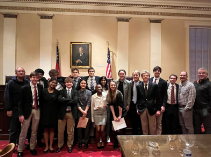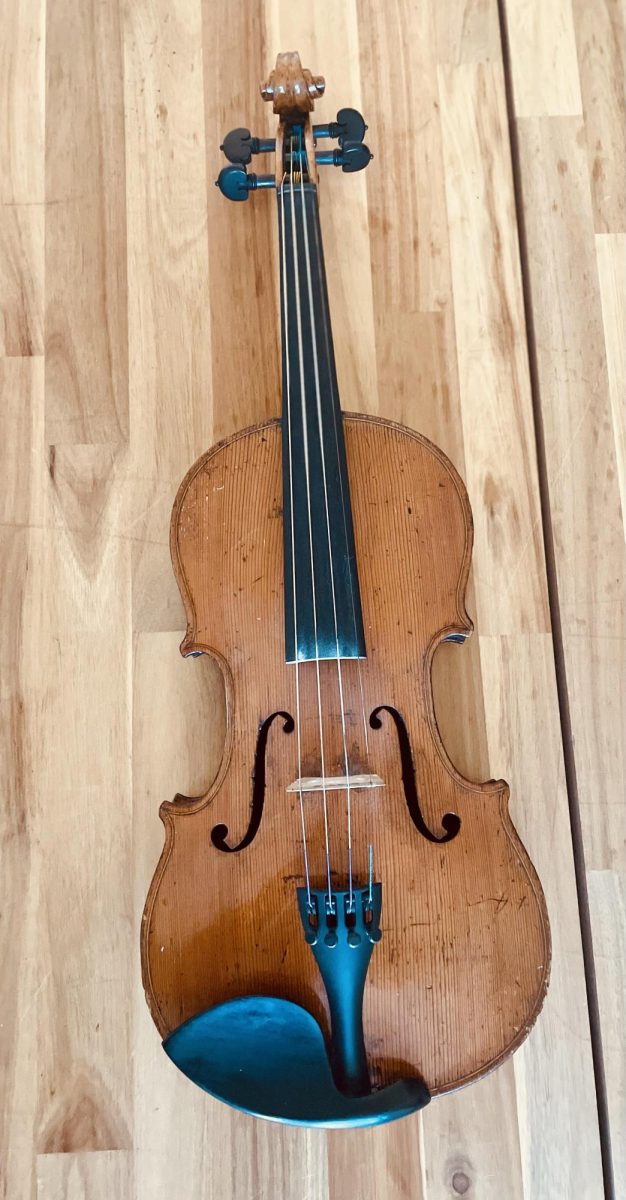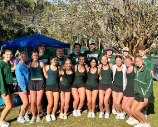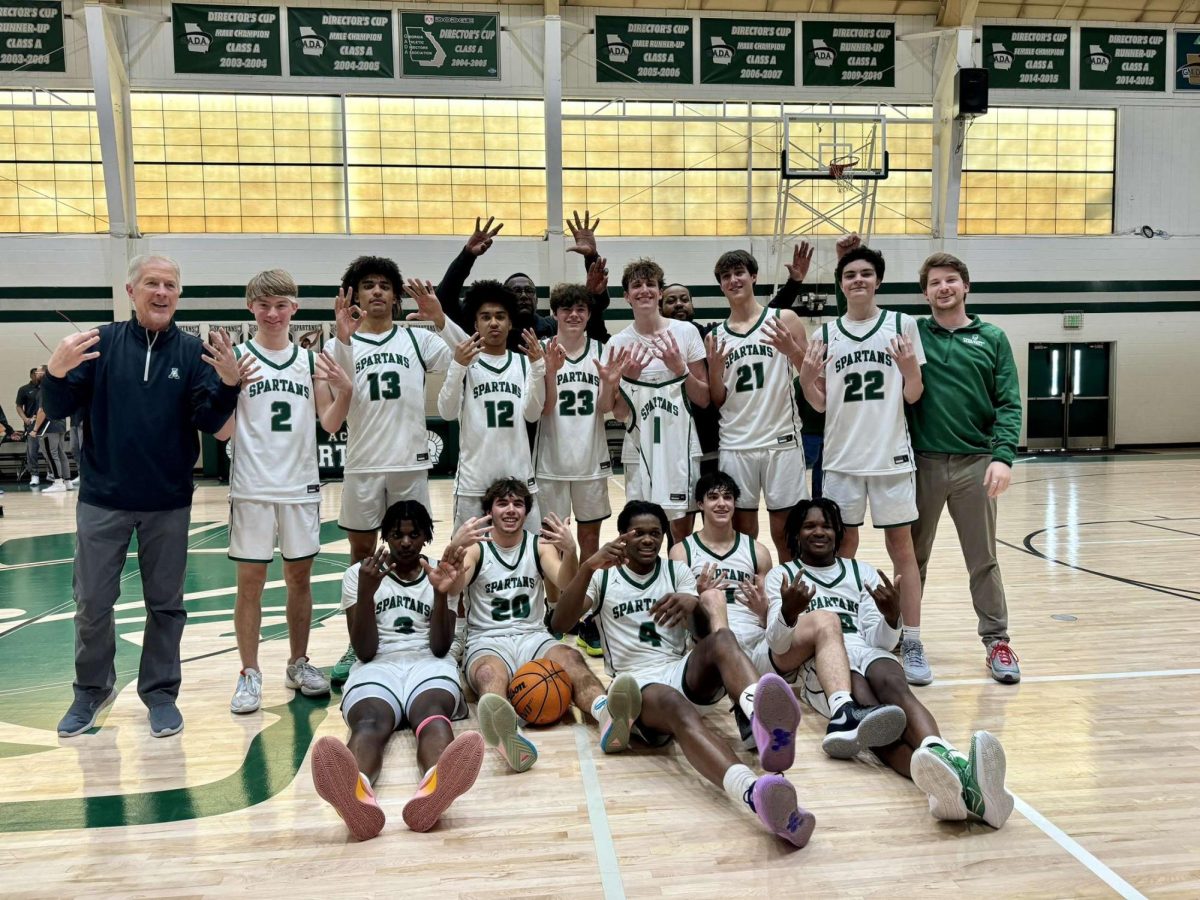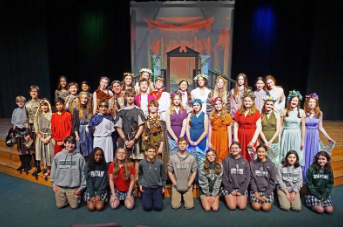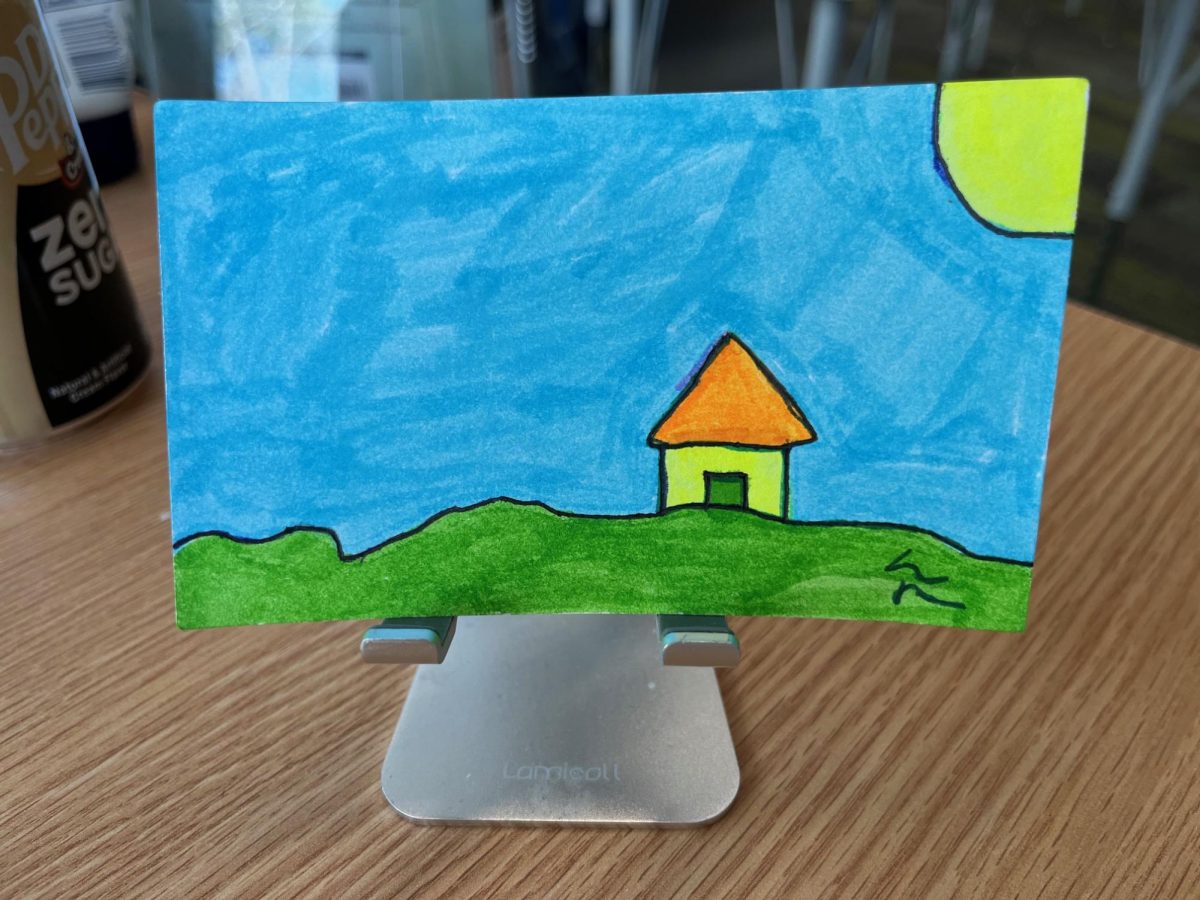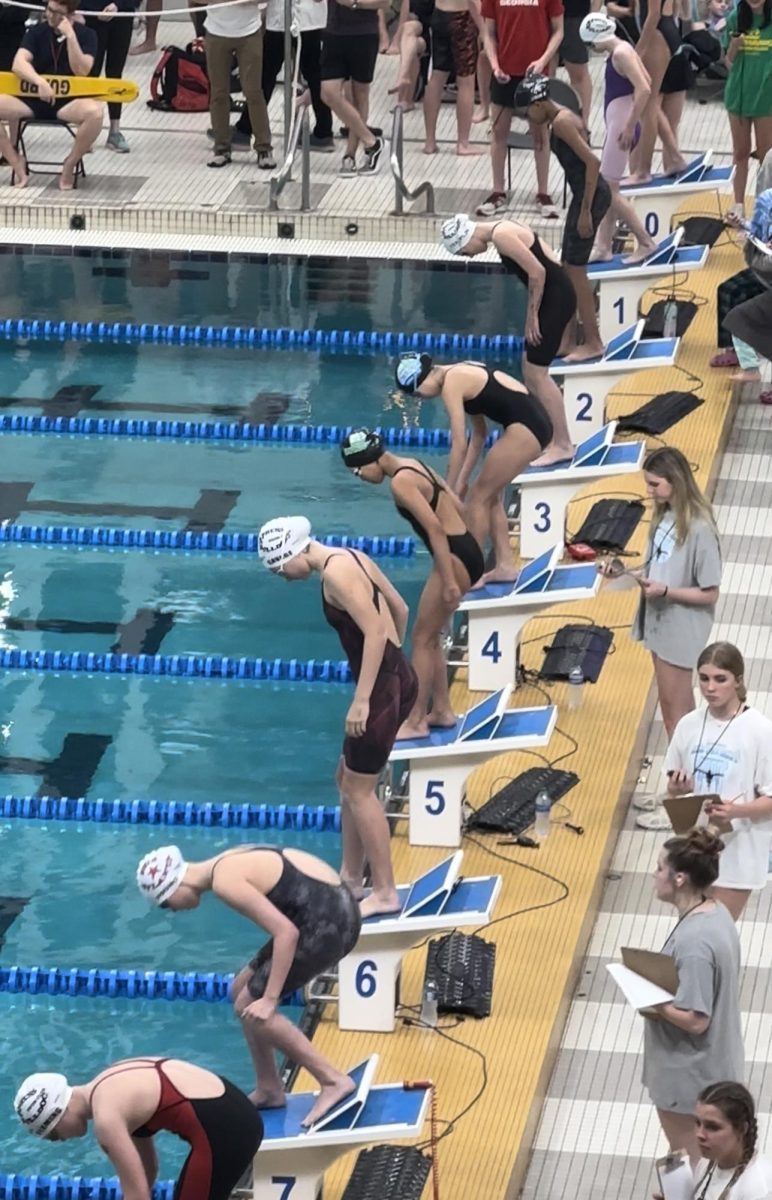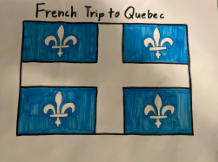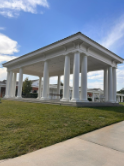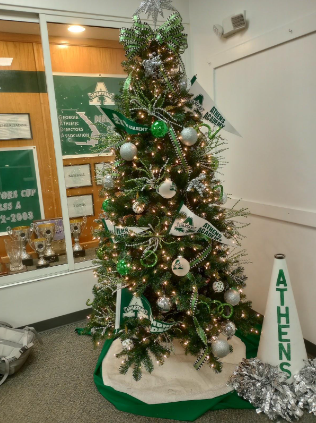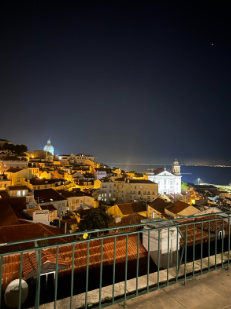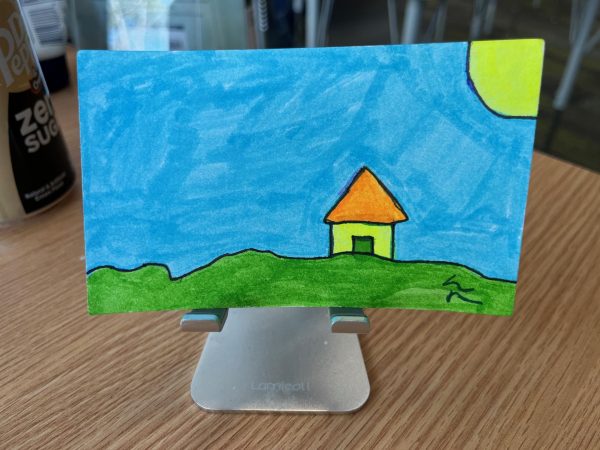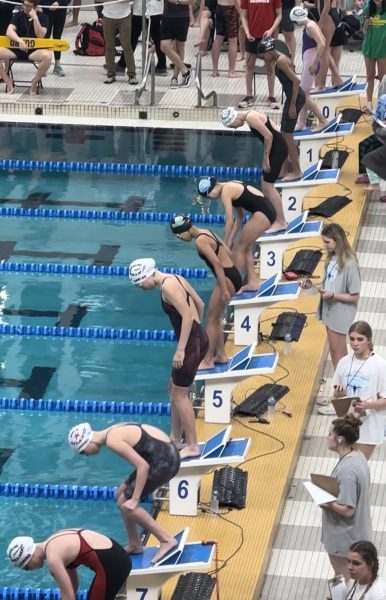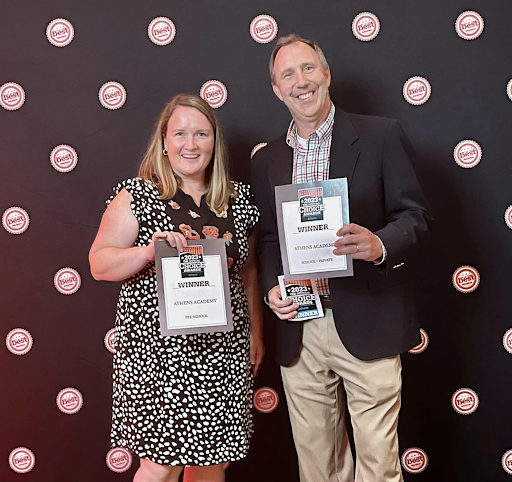7th Graders Immigrate to America
November 15, 2021
On Nov. 15, the seventh grade participated in Coming to America, a simulation of immigrants’ journey to Ellis Island in the 1900s. It was a really interesting experience, and it was much more realistic than anyone expected.
In the morning, we waited outside and took pictures before boarding our boat, which two classrooms in Daughtry Building had been converted into. While people were taking pictures, everyone observed each others’ costumes. There were girls and boys dressed in suits and caps, dresses and shawls, and even dressed as babies! Everyone spoke of what they had packed in their small bags the night before, ranging from herbs and spices to musical instruments. However, whenever middle school director Mr. Stachura walked by, pretending to be a smuggler and scammer, people turned their backs and hid their items.
Then, it was boarding time. We waited in line, shivering in the cold and rain. We watched enviously as the four first-class members got donuts to eat, hot chocolate to sip, and seats to sit in. After the first-class members were led onto the boat, the rest of us were pushed through the doors into the Daughtry Building common area, which had been converted into a port of entry. Officials waved impatiently at us as we filled out our personal information on forms.
We were then rushed into the steerage cabin, which had been decorated with wooden bars to hold up the burlap covering that hung from the ceiling. It was cold, crowded, and dirty, with fake rats and roaches littering the floor. Many people enjoyed throwing these fake animals at each other, playing their instruments, or singing a previously learned song from their home country. Everyone still wished they were those lucky four who were in first class. They received blankets, pillows, treats, and even a band that played for entertainment. The steerage members only got hard tack and plain oatmeal.
We shivered in the boat for about 45 minutes. Then, our families got up one by one: we had finally reached Ellis Island! We got out of the boat and were greeted by Mrs. Babbitt, dressed as a man and yelling at us in Czech, intimidating us all. Along with signs in foreign languages, this helped us to relate to what it may have been like to be a real immigrant not knowing English. We then gave our passports to our teachers to check (they may have stolen some of our money), while other teachers gave us tests we had to pass. These tests involved solving math problems and walking in straight lines. Symbols were also written on our hands to designate being pregnant (P), having a limp (L), or having a mental problem (X). Those who had symbols on their hands were detained or deported, but most of them made it to America eventually.
When the simulation was over, it was time for the feast, which most would agree was the best part of the day. We enjoyed many tasty foods from around the world. After lunch, we were worn out from the trip to America. Some students said it was a learning experience and helped to put in perspective what our ancestors experienced. Emaani Sims shared, “The whole day was really fun, especially when the teachers are characters for the day.” Read Johnson said, “I was a criminal and I lost my passport, but I still made it.” Finally, Charles Bennett expressed, “I thought it was fun and enjoyed the music. Mrs. Babbitt was kind of scary!”
Coming to America day was an incredible way to appreciate the experience of immigrants who came to America in the early 1900s, and we will always remember it!




